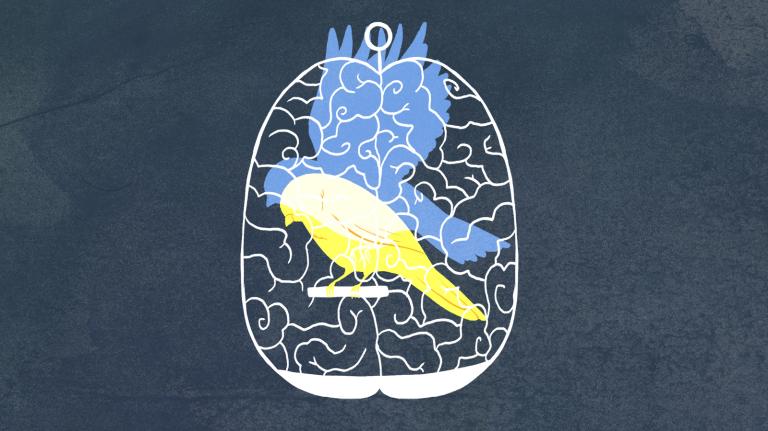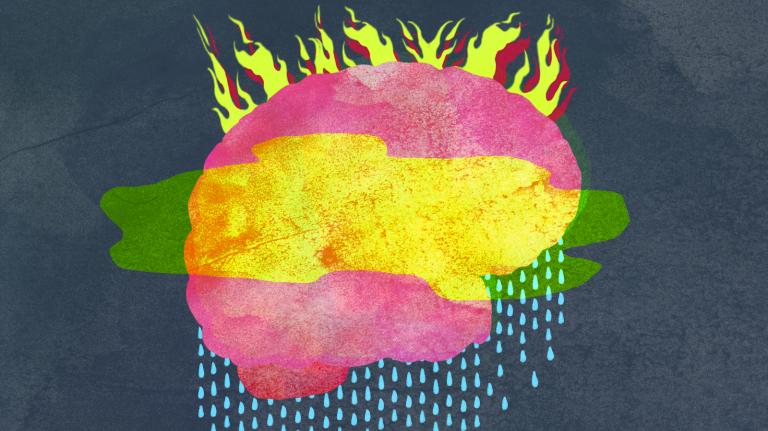GRST107: Climate on the Mind
Ch. 3: Heat, Carbon Dioxide, Cognition, and Productivity
Examination Answer Key | 17 Feb 2016
Student ID: __________________________
Instructions: This examination will cover the material in Chapter 3. As those of you who’ve occasionally dragged your sluggish husks into class may remember, we have spent the last three weeks discussing heat, carbon dioxide levels, and their effect on how people perform tasks that require more cognitive expenditure than mouth-breathing at iPhone screens. On some of the hotter days, these discussions did not go particularly well. If you are capable of grasping why that might have been the case, you will do well on this exam. As federally mandated, no outside knowledge is required. All questions are worth one point.
Section I. Multiple Choice: Heat and Cognition
- Heat affects cognition most immediately through:
- increased alertness
- decreased alertness
- dehydration and energy expenditure
- the amount of wrist sweat that ends up on your exam
- In mice, heat stress has been suggested to cause:
- domestic arguments
- memory loss
- an increased affinity for Baywatch reruns
- none of the above
- Neuroscientists believe the above effect is the result of neuroinflammation in the:
- hippocampus
- hippopotamus
- hip-hop-anonymous
- hip-hop-anonymous, but just to clarify, Big Daddy really was a horrible film
- Which of the following cognitive tasks do people tend to perform more poorly in warmer rooms compared to cooler rooms?
- choosing between cellphone plans
- proofreading articles
- holding items in working memory
- all of the above
- “If you move from roughly 70 degrees Fahrenheit to roughly ___ degrees Fahrenheit, a child’s mathematics score decreases by ___ percentile points.” –Joshua Graff Zivin, economist, UC San Diego
- 75, 0.5
- 87.5, 0.5
- 75, 1.6
- 87.5, 1.6
- The optimal temperature for worker productivity appears to be:
- 45 degrees F
- 55 degrees F
- 65 degrees F
- the right temperature for shelter you from the storm
- The above number is potentially good news for some countries. For example: On average, the world stands to see a 23 percent decrease in GDP per capita due to climate change by 2100. Frigid-ass Russia, on the other hand, stands to see an increase of:
- 10 percent
- 25 percent
- 100 percent
- 419 percent
Section II. Multiple Choice: Carbon Dioxide and Cognition
- When concentrations of _____ increase, astronauts report more headaches.
- carbon dioxide
- carbon monoxide
- Captain and Tennille songs
- astronauts who only ever talk about space
- Elevated indoor carbon dioxide levels primarily stem from:
- groups of people talking a lot
- poor ventilation
- a lack of friendly plants
- all of the above
- Increased indoor CO2 levels can decrease performance on tests of:
- information usage
- breadth of approach
- strategy
- all of the above
- Researchers have found negative impacts on cognitive performance from indoor CO2 levels as low as:
- 350 parts per million
- 930 parts per million
- 9,000 parts per million
- what 9,000?!
- Which is ludicrously high, right?
- Yeah! 350.org!
- Nah, that’s pretty much par for the course indoors.
- The part of my brain responsible for processing numbers has atrophied.
- I’ll show you ludicrously high.
- The percentage of classrooms in Washington and Idaho with reported CO2 concentrations > 1000 ppm:
- 5
- 15
- 45
- 66
- The percentage of classrooms in Texas with reported CO2 concentrations > 1000 ppm:
- 5
- 15
- 25
- 66
- Aaaaand 21 percent of classrooms in Texas are reported to have peak CO2 concentrations > ___.
- 1500 ppm
- 2000 ppm
- 2500 ppm
- 3000 ppm
Section III. True or False
- Student performance on math tests declines linearly above 70 degrees F. T/F
- In a recent Harvard study, participants’ average cognitive scores dropped by 21 percent for every 400 parts per million increase in carbon dioxide. T/F
- Increased ambient carbon dioxide levels can increase intracranial pressure via increases in cerebral blood flow. T/F
- You aren’t entirely sure what the previous question meant, but it definitely sounded less than ideal. T/F
- In at least one study, researchers found that people in green buildings performed better on cognitive tests than people in conventional buildings. T/F
- You should just circle ‘T’ for all the questions in this section. T/F
- People who live in warmer climates are more prone to poor decision-making. T/F
- See? There’s one that’s not true. T/F
- I may have just revealed the answer to question 22. T/F
- For cognition, temperature deviations matter more than average temperatures. T/F
- Climate change will result in a higher incidence of drought and heat waves. T/F
- CO2 levels outdoors provide a base level for CO2 levels indoors. T/F
- Indoor CO2 levels are often at least two to four times higher than this baseline. T/F
- Current climate pledges will keep outdoor CO2 levels in 2100 below 600 ppm. T/F
- This does not bode exceedingly well for you or your children. Thanks for playing! T/F



